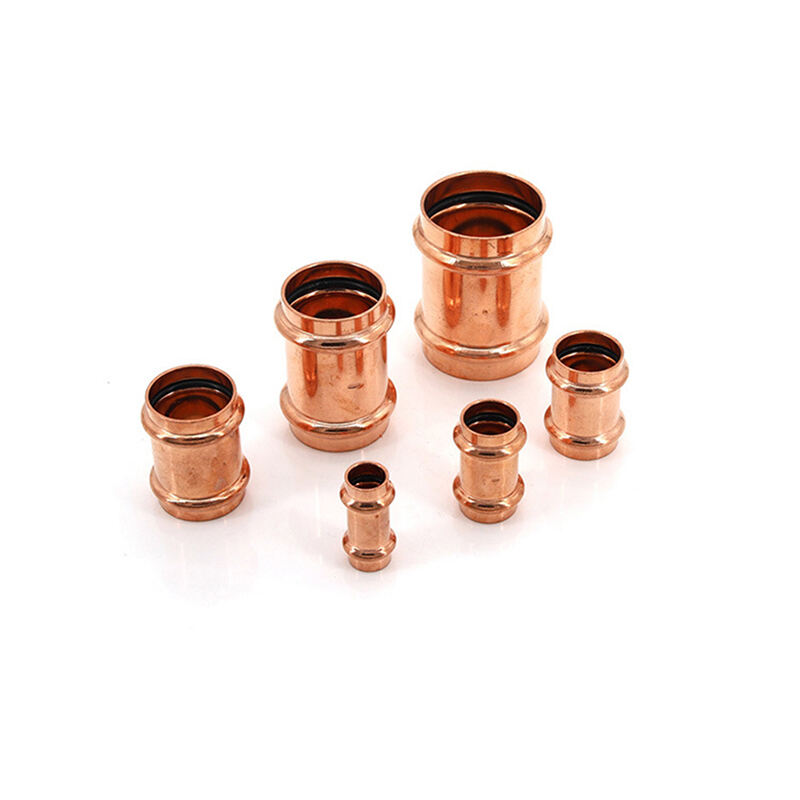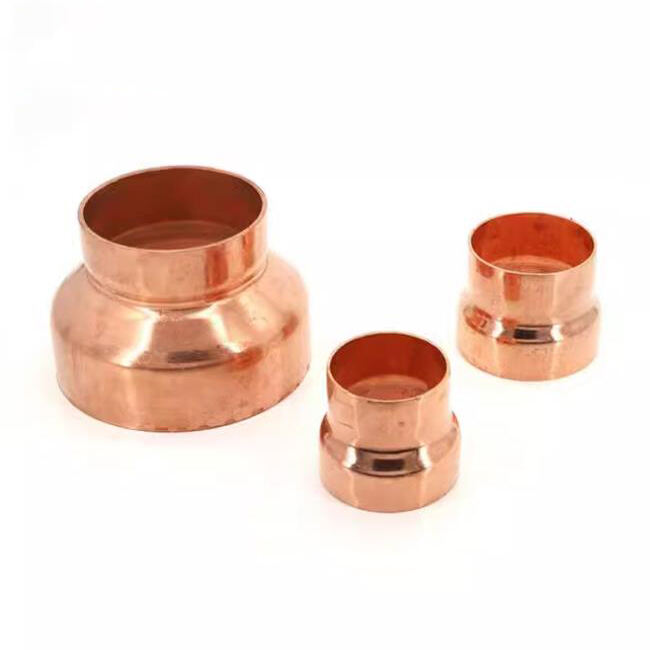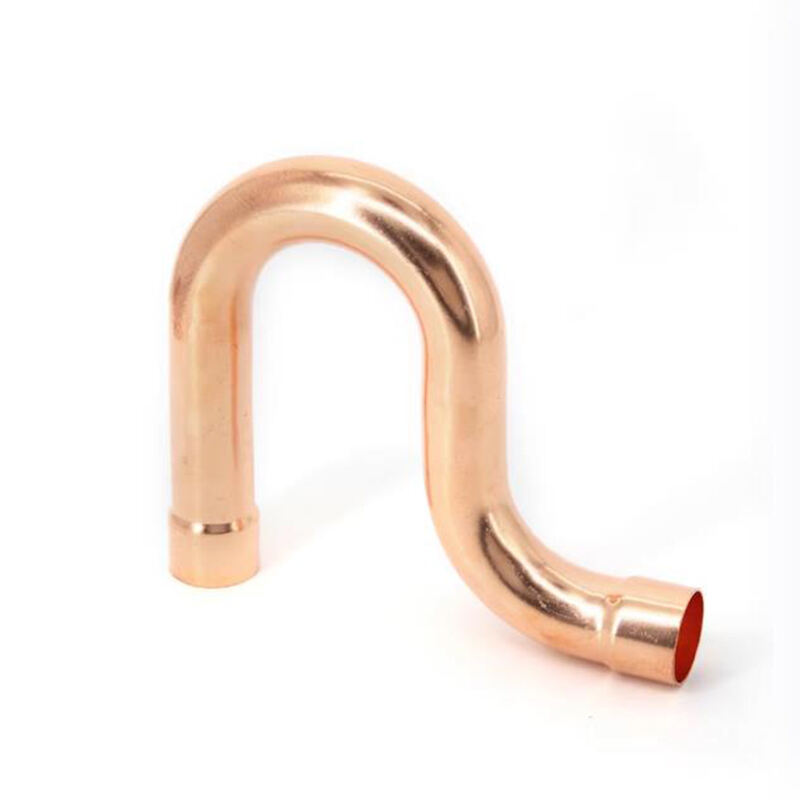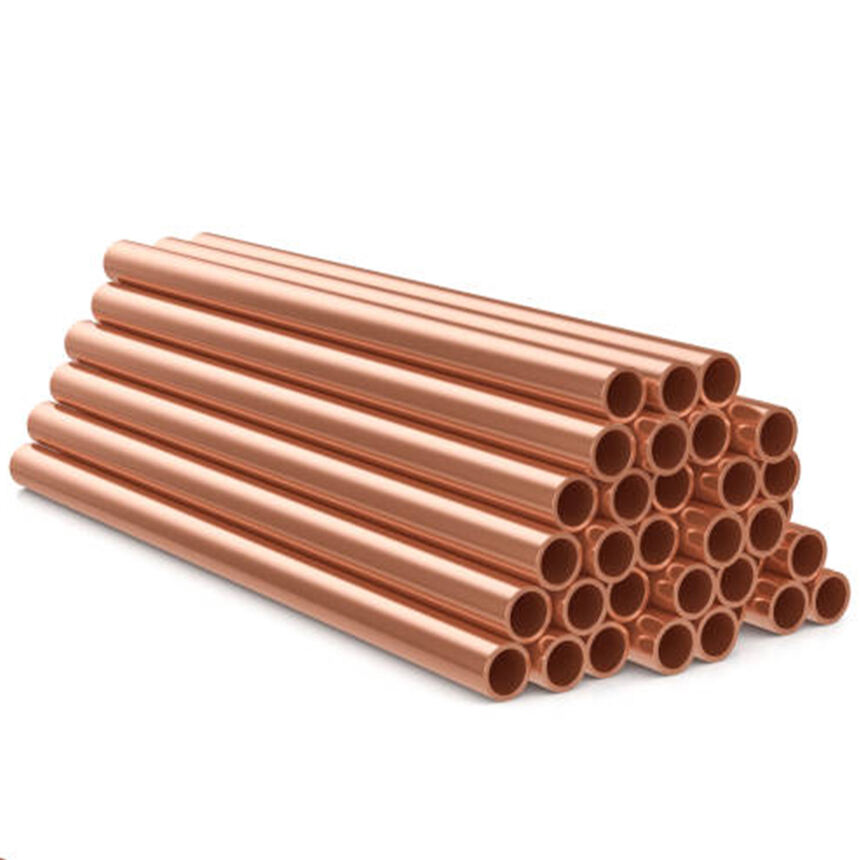Overview of Copper Elbows in a Piping System
In today's piping systems, copper elbows are one of the key parts that are needed in the piping systems. They are used in residential and industrial settings to change the pipeline's direction. A major consideration when selecting piping materials is strength, dependability, and how well they withstand the elements. Copper elbows are one of the materials that are used for piping copper and for a reason. They have a good performance record and copper materials have excellent properties.
Strength and Resistance to Corrosion
In piping solutions, copper elbows are the most favored options due to the strength they offer. Copper is known for its strength and defense against corrosion in environments that are wet or have chemicals. Unlike many other materials that rust or degrade, copper does not lose its shape or strength even in tough environments. This corrosion defense will provide added strength to the elbow and piping solutions. This will added to the piping unit's durability will lower the maintenance and replacing requirements and costs for the whole copper piping system.
High Thermal and Electrical Conductivity
Like most copper alloys and materials, copper has elevated levels of thermal conductivity and can be employed to help sprinkler systems, hot water systems, and heat exchangers. Copper elbows do not flex or break under high temperatures, so they may be employed in variety of heaters and industrial processes. Moreover, copper fittings have fluid transport and grounding electrical properties. These fittings are important in HVAC systems.
Development of long pipelines often employs copper elbows as fittings. Copper fittings have reduced flow and pressure loss. Maintaining optimal performance in long pipelines is critical in chilled water systems, air conditioning pipelines, and in medical gas delivery lines. Lowered pressure loss is a a great improvement to energy efficiency.
Easy Installation and Compatibility
Low complexity levels in labor and copper fittings make them easier to use. Copper fittings have an increased compatibility with elbow parts of copper piping which creates a better fit to a pre-existing system. With good compatibility comes low complexity levels in labor. Soldering, brazing, or pressing copper elbows to piping is quite simple. Standard measurements add to low complexity in work by not requiring copper special tools to remove pre set and loose fit pipelines.
Environmental Sustainability and Safety
Copper can be continuously recycled making it relatively easy and sustainable for construction and plumbing industries. It also serves added safety features due to plumbing systems carrying potable water. The antimicrobial elbows not only support cleaner systems, but also help in reducing bacterial contamination. In safety critical areas like food processing and healthcare, copper is vital due to its microbacterial resistance and aids in copper gas pipe fittings.
Applications Across Multiple Industries
Copper elbows are also used in multiple industries for:
Plumbing services in residential and commercial buildings.
HVAC systems.
Industrial refrigeration.
Medical gas and industrial fluid systems.
Fire suppression utilities.
These industries support copper due to its versatility and efficiency.
Long Term Cost Efficiency
Although copper parts might increase overall spending compared to plastic parts, maintenance and copper elbow longevity make it cheaper over time. Overall project spending is even further saved due to minimal replacement and repair associated with copper added systems.
Conclusion
Copper elbows are important for reliable piping systems. Their durability, resistance to corrosion, thermal efficiency, and eco-friendly nature make them a dependable selection for engineers and builders working on challenging projects. Given the current focus on sustainable and efficient construction, copper elbows will continue to be a staple for dependable and sustainable piping design.









